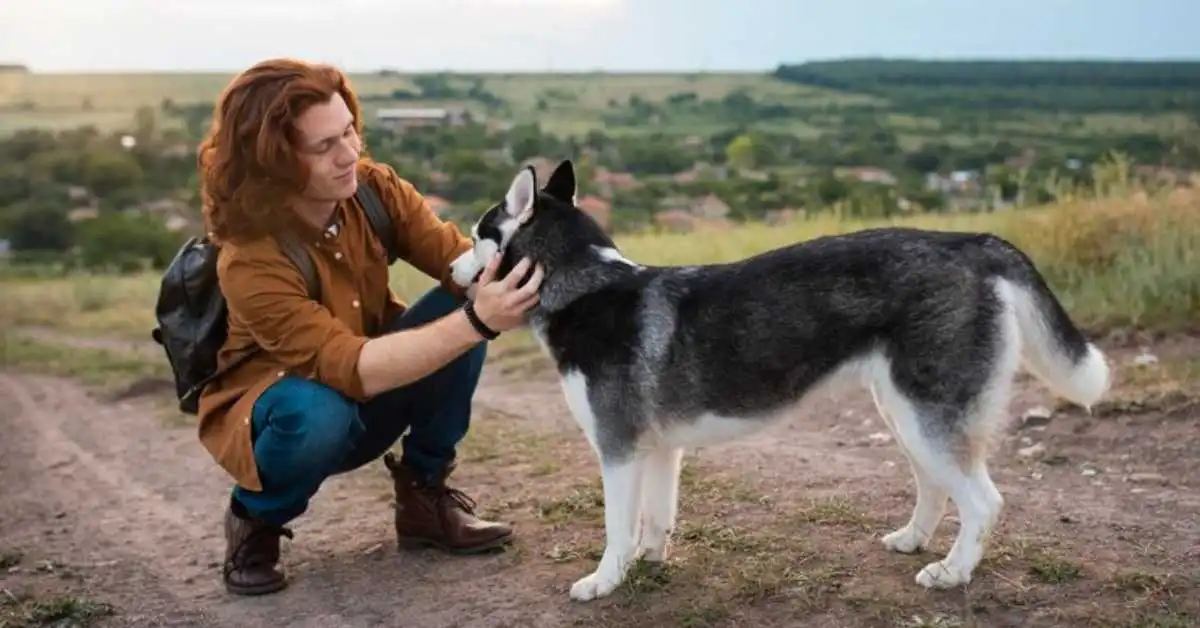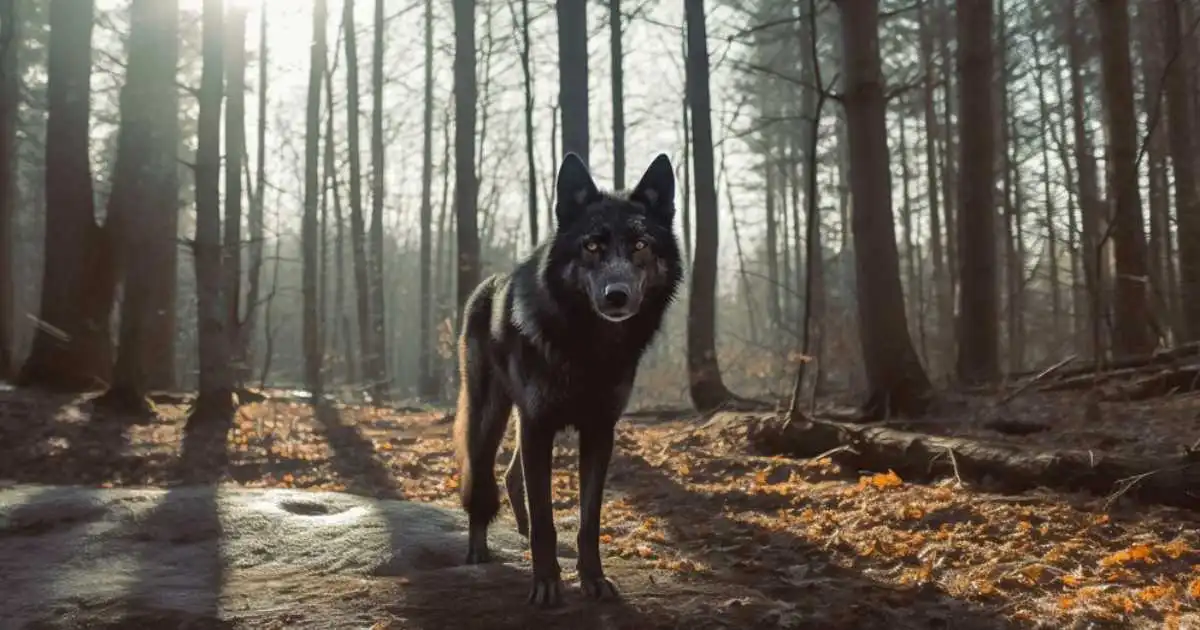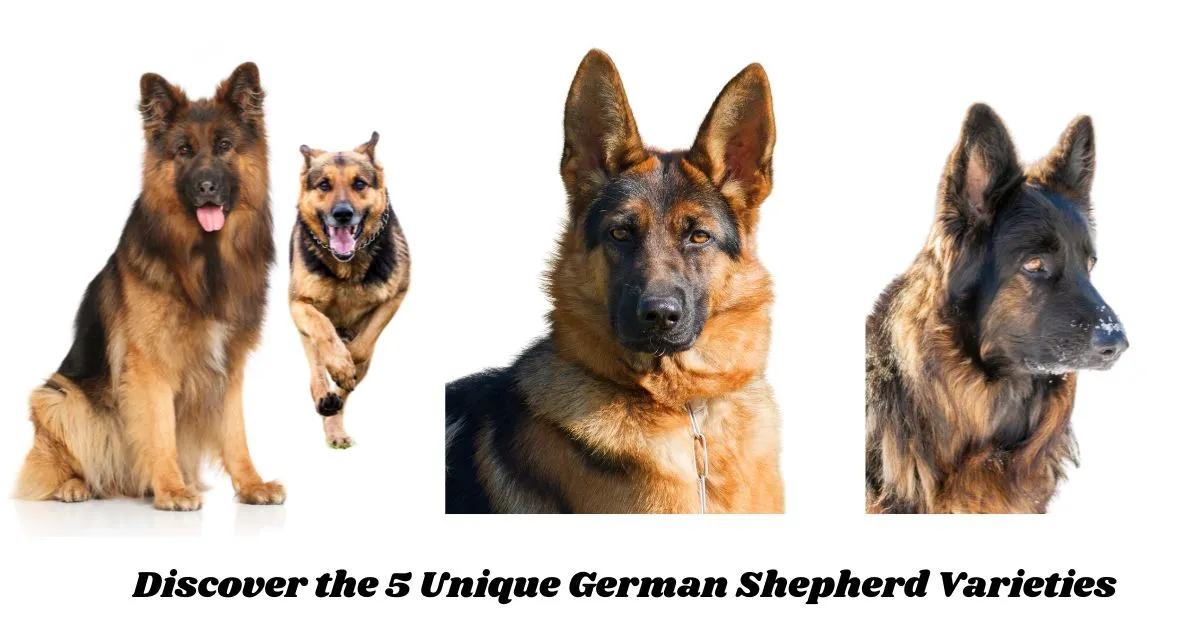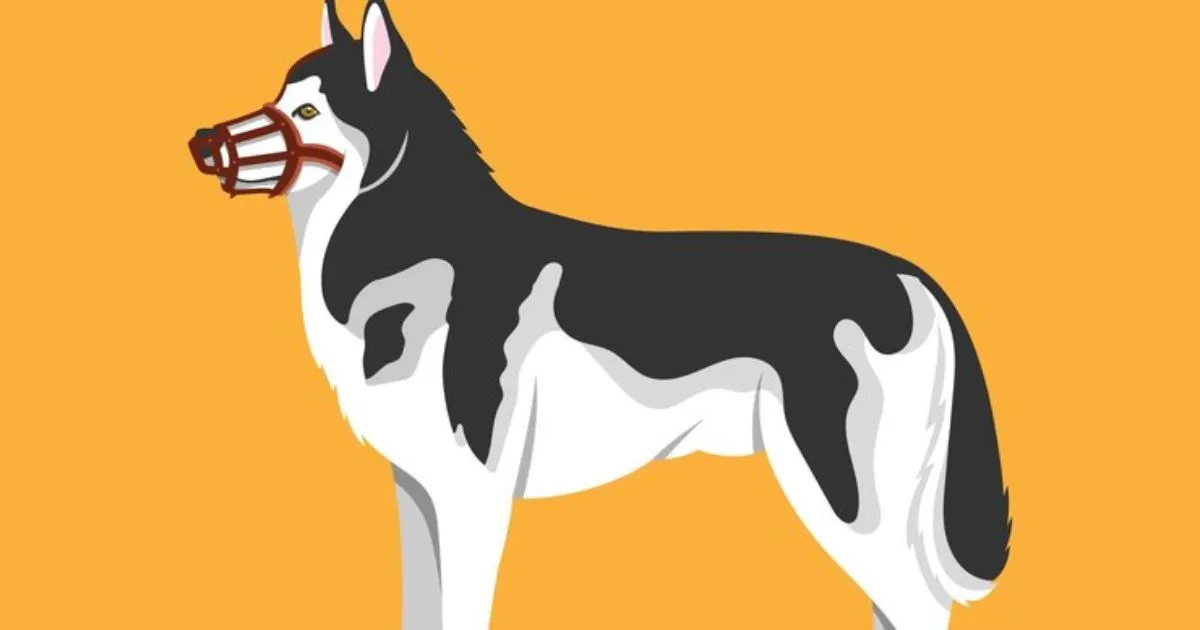German Shepherd Winter Coat vs Summer Coat
Thanks to their double coat, German Shepherds are known for their adaptability to various climates. If you’ve ever wondered about the differences between a German Shepherd winter coat vs summer coat, you’re not alone. Their coats are crucial in keeping them comfortable throughout the year, and understanding the changes can help you care for them better. This blog will explore the differences between their winter and summer coats, why they shed, and how to maintain their coat health across seasons. Read more: German Shepherd Hair Falls Out in Clumps Why Do German Shepherds Have Double Coats? German Shepherds have a double coat to protect them in extreme weather conditions. The coat consists of: Their double coat ensures they stay comfortable, whether cold or blazing hot. The German Shepherd Winter Coat German Shepherds develop a thick, dense undercoat when winter approaches to stay warm. The process usually begins in the fall as temperatures drop and their bodies naturally prepare for the cold. Features of the Winter Coat The function of the Winter Coat The winter coat ensures the dog’s body stays warm even in freezing temperatures. It’s so effective that German Shepherds can remain outdoors in cold weather for extended periods, though they should still have shelter. The German Shepherd Summer Coat As spring arrives, German Shepherds begin to shed their winter coat to prepare for warmer weather. This process, known as blowing their coat, results in a thinner and lighter coat for summer. Features of the Summer Coat Function of the Summer Coat The summer coat allows German Shepherds to stay cool in hot weather. It protects their skin from sunburn while enabling airflow to regulate their body temperature. German Shepherd Winter Coat vs Summer Coat: Key Differences Aspect Winter coat Summer coat Undercoat Thick, dense for insulation Thin, light for ventilation Guard Hairs Prominent, protective Less prominent Shedding Minimal Heavy during spring Purpose Warmth and protection Cooling and skin protection Why Do German Shepherds Shed Their Coats? Shedding is a natural process for German Shepherds, helping them regulate their body temperature. They typically shed twice a year: During these times, owners may notice large amounts of fur around the house, but this is completely normal. Case Study: Max’s Seasonal Coat Changes Max, a three-year-old German Shepherd, lives with his family in Michigan. His owners, Emily and Jake, noticed his coat changes over the years. Winter Coat Development In late October, Max’s fur became thicker and fluffier. His undercoat provided warmth, allowing him to enjoy long walks in the snow. Emily mentioned, “Even on snowy days, Max seemed comfortable outdoors.” Summer Coat Transition By March, Max began shedding excessively. Emily brushed him daily to manage the shedding, and by May, his coat was visibly lighter. Jake added, “Once his summer coat set in, Max loved lounging in the sun without overheating.” Their experience highlights the importance of grooming and understanding seasonal coat changes. How to Care for a German Shepherd’s Coat Proper coat care ensures your German Shepherd stays comfortable and healthy, regardless of the season. 1. Grooming Routine Winter Summer 2. Bathing 3. Diet and Nutrition A healthy diet supports a shiny, resilient coat. Look for: 4. Monitor for Skin Issues Regularly check for dryness, irritation, or signs of parasites. Issues like fleas or allergies can affect coat health. Common Coat-Related Problems Despite their resilient coats, German Shepherds can face some issues: 1. Matting Without proper grooming, their dense fur can become matted, causing discomfort. 2. Excessive Shedding While seasonal shedding is normal, excessive shedding year-round could indicate poor diet, stress, or health problems. 3. Skin Allergies Allergies can cause itching and hair loss, affecting coat quality. 4. Hot Spots These are inflamed skin patches caused by moisture trapped in their thick fur. Do All German Shepherds Have the Same Coat? Not all German Shepherds have the same coat type. There are two main varieties: 1. Short-Haired German Shepherds 2. Long-Haired German Shepherds Myths About German Shepherd Coats Myth 1: Shaving Helps in Summer Shaving a German Shepherd’s coat removes their natural protection against the sun and heat. It can also lead to skin problems. Myth 2: Shedding Can Be Stopped Shedding is natural and cannot be stopped entirely. However, regular grooming can minimize fur around the house. Myth 3: Bathing Reduces Shedding While bathing helps keep the coat clean, it doesn’t directly reduce shedding. Proper brushing is more effective. Seasonal Tips for Coat Care Winter Tips Summer Tips Final Thoughts The comparison of a German Shepherd winter coat vs summer coat highlights the breed’s remarkable adaptability. Their double coat is designed to protect them in both cold and hot weather, but it requires proper care throughout the year. By understanding the differences between their winter and summer coats, you can better manage shedding, maintain their health, and ensure their comfort. Grooming, a balanced diet, and regular vet checkups are key to keeping their coat in top condition. With the right care, your German Shepherd will thrive in every season—whether they’re bounding through the snow in winter or enjoying the summer sun. FAQs





